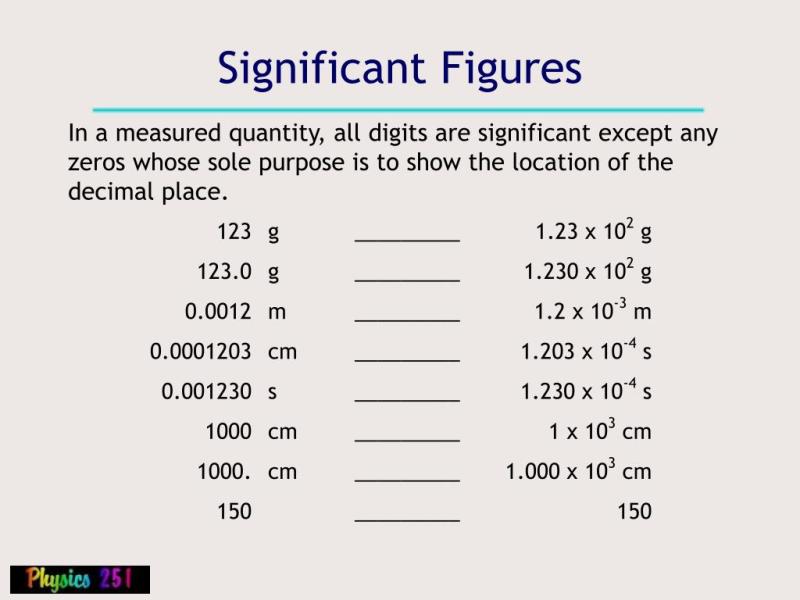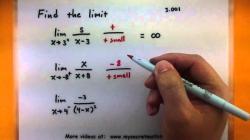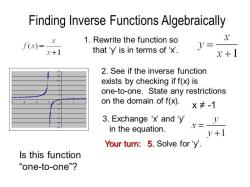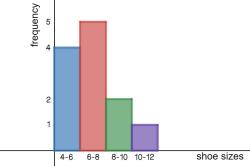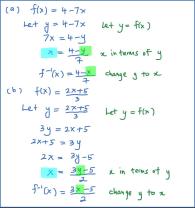What is meant by significant figures in measurement?
Significant figures, also known as significant digits, are digits in a numerical value that contribute to its precision. They provide information about the reliability of a measurement by indicating the degree of certainty in the recorded value. In other words, significant figures help convey the precision of a measurement and highlight the known or estimated digits.
Here are some key rules for determining significant figures:
Non-Zero Digits: All non-zero digits are considered significant. For example, in the number 345, all three digits (3, 4, and 5) are significant.
Leading Zeros: Leading zeros (zeros to the left of the first non-zero digit) are not considered significant. For example, in the number 0.00456, only 456 are significant figures.
Captive Zeros: Captive zeros (zeros between non-zero digits) are always considered significant. For instance, in the number 10.07, both 1 and 7 are considered significant.
Trailing Zeros in a Decimal: Trailing zeros in a decimal number are considered significant. For example, in 2.300, all four digits (2, 3, 0, and 0) are significant.
Trailing Zeros in a Whole Number: Trailing zeros in a whole number without a decimal point may or may not be significant. For example, in 500, the zeros are considered significant if they are measured or part of a stated precision (e.g., "to the nearest hundred").
Exact Numbers: Counted numbers or defined constants are considered to have an infinite number of significant figures. For example, in 12 eggs or 1 meter = 100 centimeters, the numbers 12 and 100 are considered to have an infinite number of significant figures.
When performing mathematical operations (addition, subtraction, multiplication, division) with measured values, the result should be reported with the same number of significant figures as the least precise measurement involved in the calculation.
Understanding and applying the rules of significant figures help scientists, engineers, and researchers communicate the precision of their measurements and maintain accuracy in scientific calculations.
- Significance of Significant Figures in Measurements
Significant figures are a crucial aspect of scientific measurements, as they convey the level of precision and accuracy of a measurement. They indicate the number of digits that are known with certainty in a measured value, including all non-zero digits and any zeros between them. The significance of significant figures lies in their ability to:
Enhance the credibility and reliability of scientific data
Communicate the precision of measurements accurately
Facilitate accurate calculations and error analysis
Ensure consistent representation of data across different studies
- Utilization of Significant Figures in Measuring Precision
Precision refers to the closeness of repeated measurements to each other. In other words, it indicates how consistently a value can be measured. Significant figures play a vital role in assessing precision by:
Identifying the number of digits that are reliable in a measurement
Allowing for comparisons of the precision of different measurements
Facilitating the estimation of uncertainties or errors associated with measurements
Enabling the evaluation of the limitations of measuring instruments or techniques
- Crucial Role of Significant Figures in Scientific Calculations
Scientific calculations often involve combining or transforming measured values. Significant figures are essential in these calculations for several reasons:
Maintaining the precision of the overall result
Preventing the introduction of unnecessary errors
Ensuring that the final result reflects the true precision of the original measurements
Avoiding misleading interpretations of the calculated values
Adhering to conventions and standards in scientific communication
